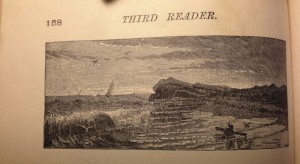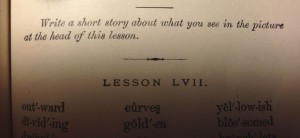In The New York Times article, “Writer Brings in the World While She Keeps It at Bay,” Julie Bosman sits down with novelist Donna Tartt to talk about her latest book, The Goldfinch. Here is what she had to say about her experience with images and writing:
“Taking copies of National Geographic, she would cut out pictures of a zebra or a child, and write a story about the picture. “I wrote books in this way, around images,” Ms. Tartt said, something that didn’t occur to her until “The Goldfinch” — a book that surrounds an image of a luminous yellow-tinged bird — was complete.”
One of our goals here at the Yale Center for British Art is to encourage teachers and students to make these connections between image and writing on a daily basis. Novelist Donna Tartt encapsulates this goal with her novel centered around a Dutch painting. Take a look at this article and see how art has influenced this successful writer. You can also buy a copy of The Goldfinch here.



